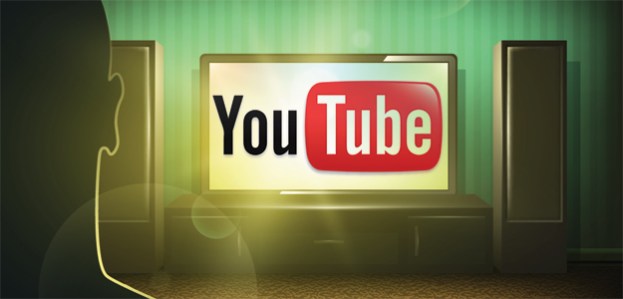
Watch out TV, YouTube is gunning for you. For some time now, YouTube has flirted with the potential for subscription-based YouTube channels. Based on an AdAge report, this idea may come to fruition as early as the second quarter of this year.
YouTube channel producers have been notified of the platform’s intent to enable subscription-based channels. The names of the channels in question are under wraps, but it isn’t a stretch to assume that producers like Machinima and Maker Studio – which were initially funded by YouTube’s Original Channel Initiative – are among them.
Google invested a total of $200 million into 100 YouTube channels and an additional $100 million in its latest round of funding for a new crop of over 60 channels in its bid to take on traditional television, and steal some of TV’s advertising dollars.
Paid subscriptions will be a digital extension of cable TV, but ported to the smaller, more social screen on YouTube. The cost of access to these programs may cost viewers between $1 and $5 per month. Note that this fee would likely be for access to just one show, although this detail is up for contention as AdAge’s sources haven’t revealed any further information. As a point of comparison, Netflix costs just $7.99 for unlimited access to its library of movies and television shows. So while a subscription-based YouTube is a groundbreaking strategy for the video site, you’re left wondering if viewers would actually pay for content that they’re used to watching for free. And unless you’re watching an online series like H+ or Halo 4: Forward Unto Dawn, you may not be inclined to divulge your credit card information to YouTube.
YouTube might just have a plan to serve you some serious bang for your buck, though. AdAge notes that YouTube’s CEO Salar Kamangar discussed the prospects of signing on second or third-tier cable networks that have been struggling to stay afloat or garner an audience. If these cable networks are struggling on the traditional tube, Kamangar believes that these cable executives would be willing to sign up with YouTube. Why? The cost of distribution would be far more affordable. And then there’s the social element of publishing videos on YouTube.
At the same time, YouTube may have plans to add this subscription-based system for accessing live events, self-help and personal finance shows, and its content library. While the report hasn’t been confirmed, we shouldn’t put it past YouTube to introduce paid subscriptions. The Google-owned platform does already have experience with pay-per-view and video rentals, so a subscription could wind up being a natural extension of its existing business.


